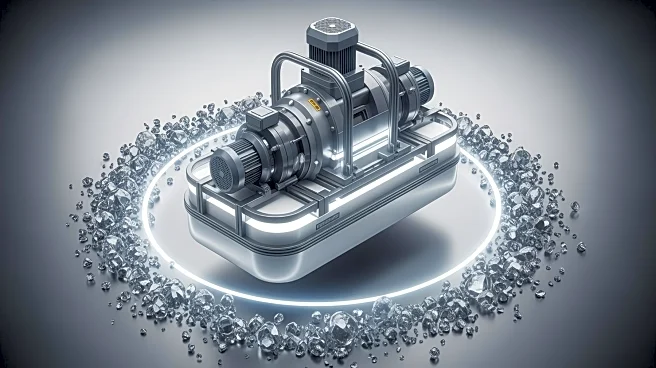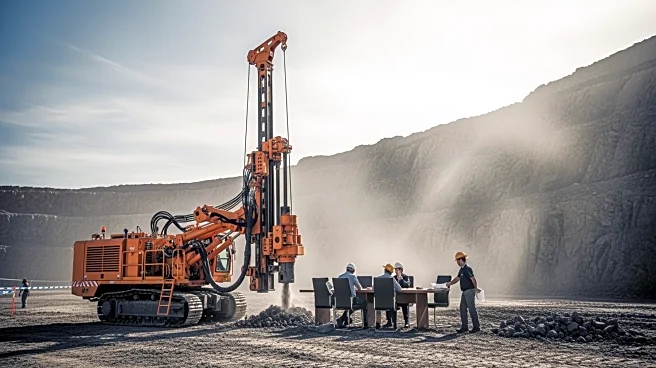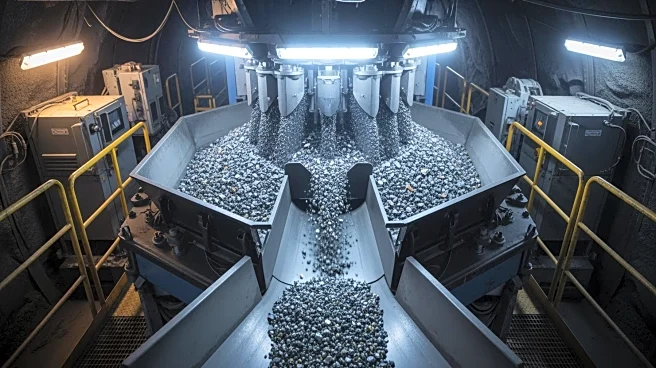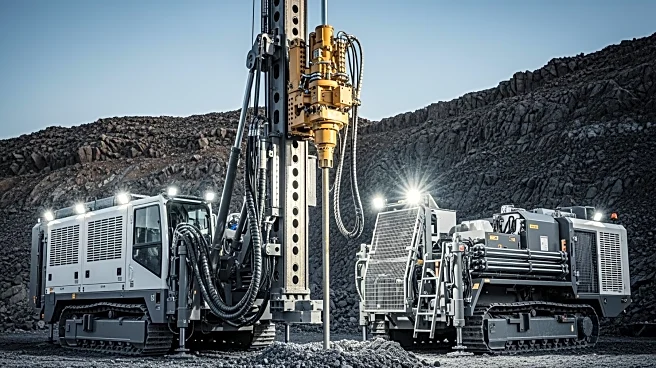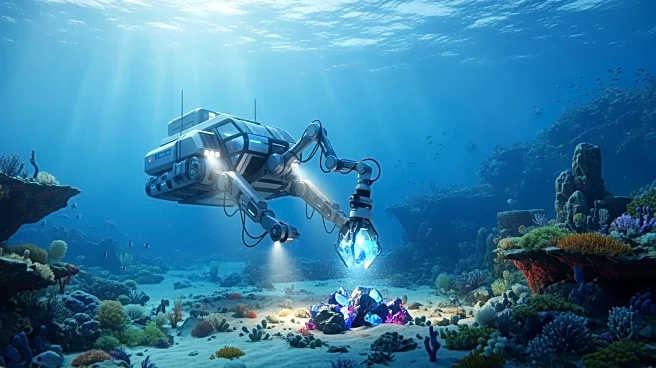What's Happening?
Great Northern Minerals has entered into an exclusive binding patent option agreement with the University of Arizona, granting the company access to advanced flotation technology for bastnaesite and rare
earth ores. This agreement allows Great Northern to negotiate for the license of rare earth element (REE) flotation technology, which is applicable to its Catalyst Ridge Project in California. The option is valid for six months, with a requirement for the parties to reach a commercially reasonable agreement within 90 days of exercising the option. The University of Arizona developed this flotation scheme to improve the recovery of REEs from bastnaesite ores, utilizing hydroxamic acid-based collectors. This method reduces reagent dosage by up to 50% compared to conventional methods, achieving an optimal recovery rate of 80-90% and concentrate grades of 30-40% rare earth oxide. The technology also operates at lower flotation temperatures, improving energy costs. Great Northern is collaborating with the university on a sponsored research program to validate laboratory work and develop a scalable pilot plant.
Why It's Important?
This development is significant as it positions Great Northern Minerals to potentially enhance the efficiency and cost-effectiveness of rare earth element recovery at its Catalyst Ridge Project. The collaboration with the University of Arizona could lead to advancements in REE processing, which is crucial given the strategic importance of rare earth elements in various high-tech and green energy applications. By improving recovery rates and reducing processing costs, Great Northern could gain a competitive edge in the REE market. This move also aligns with global efforts to secure and optimize the supply chain for critical minerals, which are essential for the production of electronics, renewable energy technologies, and defense systems.
What's Next?
The next steps involve Great Northern and the University of Arizona working through multiple phases of their research program over the next two years. This will include validating laboratory work, developing a detailed flowsheet, and scaling up to a pilot plant. The outcome of these efforts will determine the feasibility and commercial viability of the technology for large-scale application. Stakeholders in the mining and technology sectors will be closely monitoring the progress of this collaboration, as successful implementation could influence future investments and technological developments in the REE industry.
